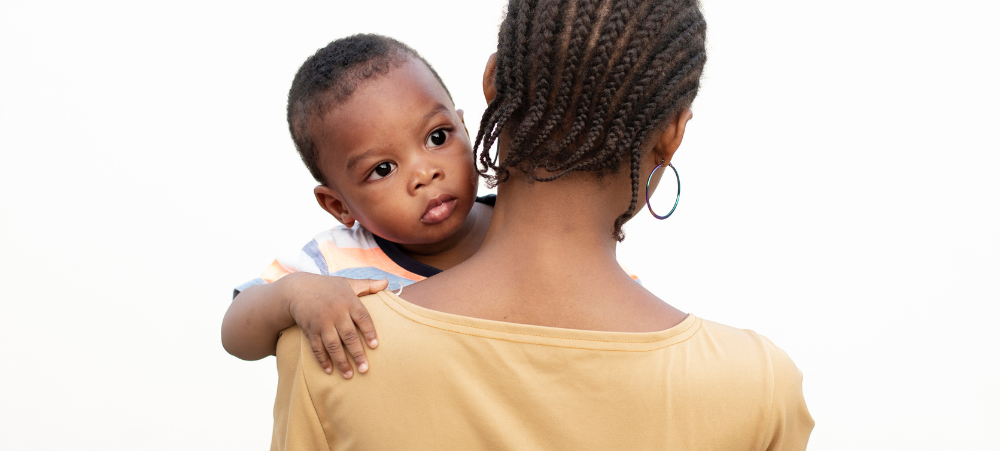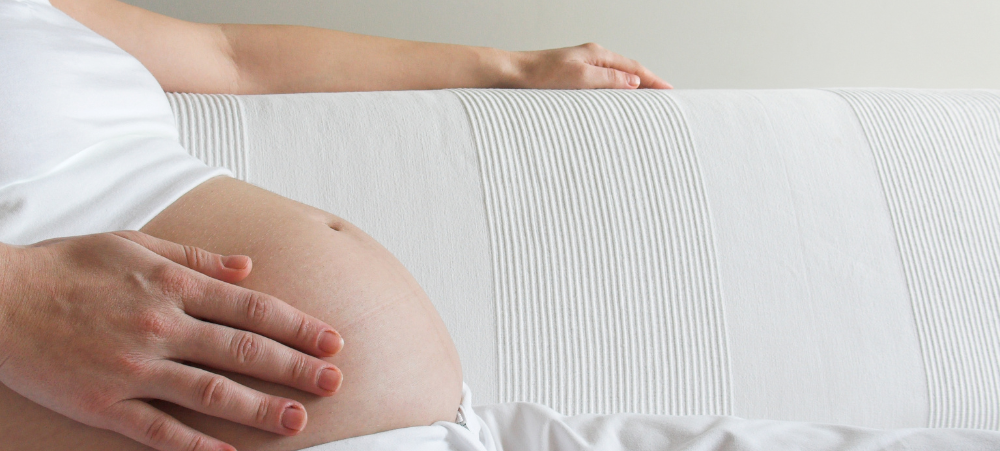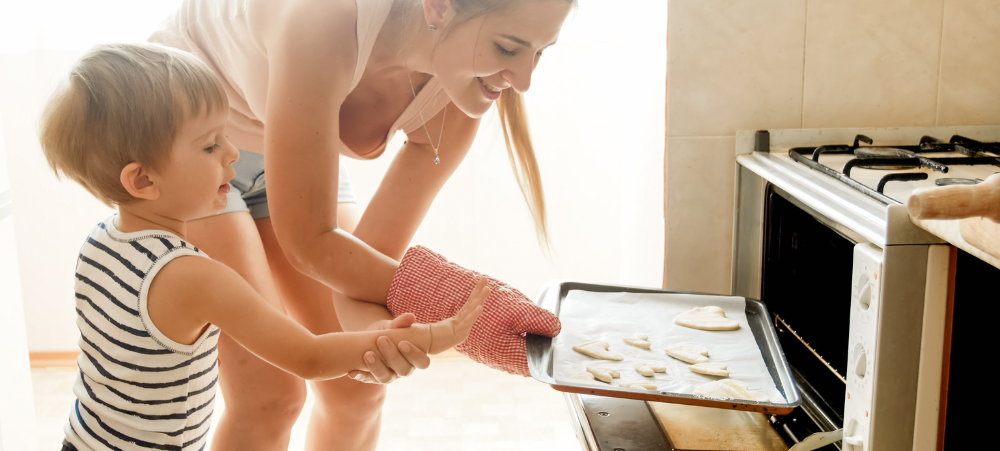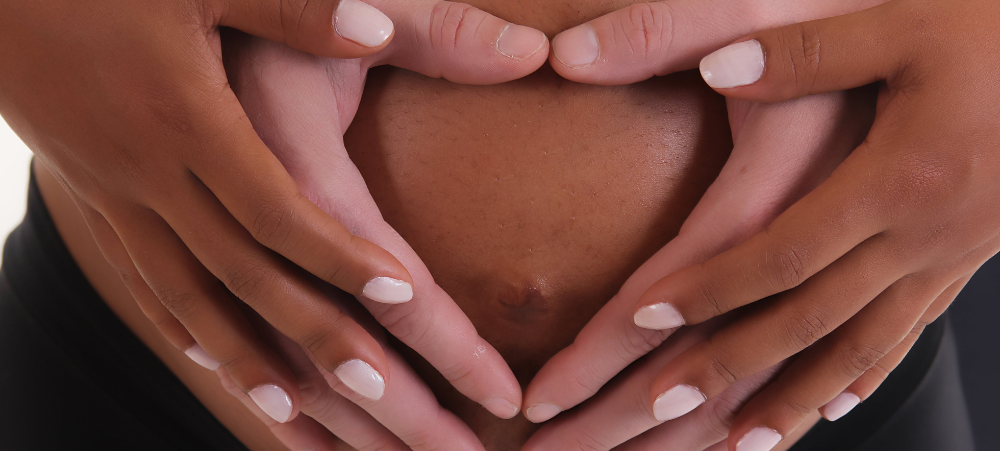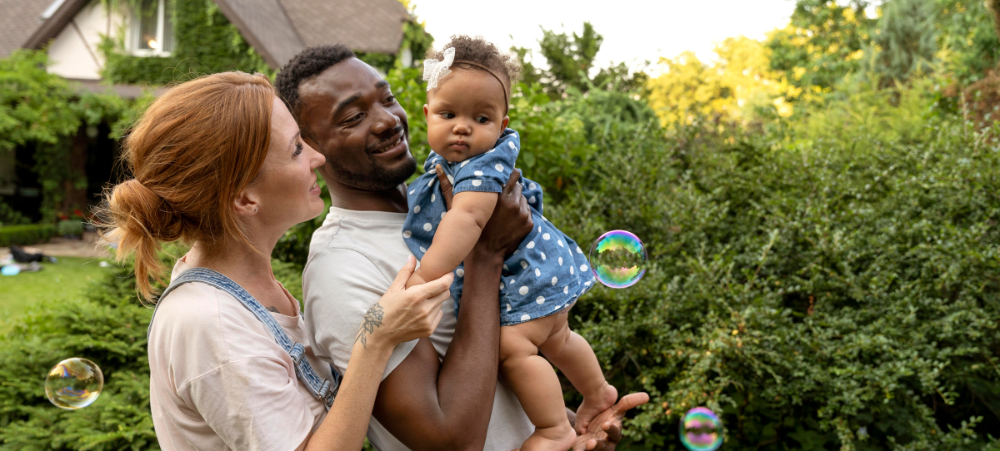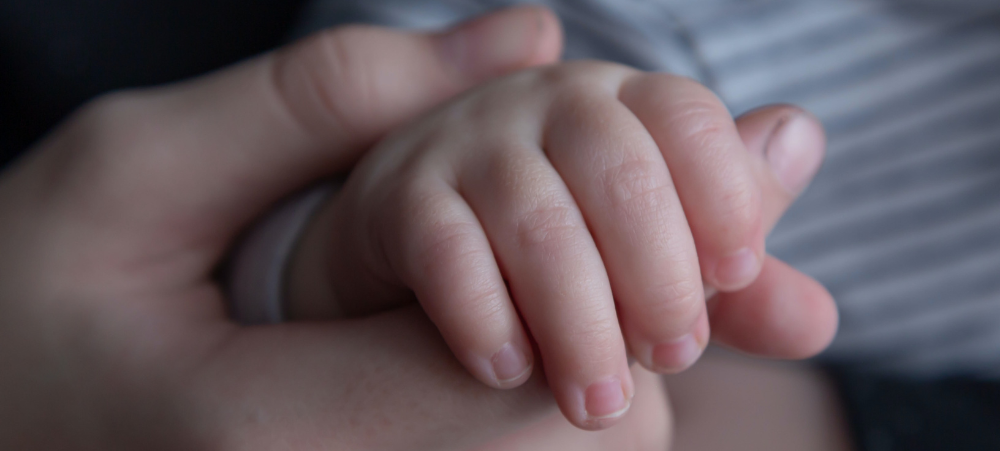
How to build a sustainable maternity wardrobe
Pregnancy is a beautiful journey, a time of profound change and anticipation. It’s a period where your body undergoes remarkable transformations, nurturing new life within. As you prepare for this incredible voyage, one aspect often overlooked is the wardrobe transition – a key contributing factor to helping you feel comfortable as your body changes. The key lies in building a maternity and breastfeeding wardrobe that transcends pregnancy, helping you get more bang for your buck. Myboombra, a local South African maternity brand, aims to do just that and has put together some helpful tips on how to build a sustainable maternity wardrobe – better for your wallet, better for the planet. Choosing Essentials that will Last In the past, maternity wear was synonymous with oversized, shapeless garments destined to gather dust post-pregnancy. However, times have changed, and so has maternity fashion. Today, expectant mothers seek versatility, quality, and sustainability in their clothing choices. The secret to achieving this lies in selecting pieces that seamlessly adapt to your changing body and lifestyle. This is not the time to start wearing the latest runway trends or switching up your style. Invest in core pieces you know you will wear over and over again. Look for pants with a stretchy elasticated band and high quality natural fabrics that have a good stretch like cotton and bamboo which will stand the test of time. This way you won’t have to buy new sizes each trimester. Here’s a list of some basics to start off with: Stretchy comfortable cotton or bamboo panties with a bit more coverage (like these high waisted briefs) Wireless, stretchy cotton or bamboo bra with easy breastfeeding access (we like the cross designs) Elasticated/banded or drawstring pants Stretchy cotton or bamboo leggings Cotton or bamboo long and short sleeve t-shirts with a relaxed fit and ideally with buttons Wrap shirts and dresses will be your go-to as they are size adjustable and breastfeeding friendly Linen or cotton Boyfriend button-up shirts Shop for Every Stage: Maternity, Breastfeeding and Beyond Pregnancy is a journey filled with milestones, each phase requiring unique considerations. Try to search for clothing that adapts effortlessly to your evolving needs, providing comfort and support when you have a bump, through to when you need easy breastfeeding access. You can find so many maternity and breastfeeding friendly clothes in your average store. Buttons and wrap designs are perfect for nursing post-pregnancy. Avoid buying maternity shirts with closed or high necklines as you probably won’t touch them once the baby arrives. Be the change: Make Better Choices for your Children In an era of heightened environmental consciousness, sustainability isn’t just a buzzword – it’s a serious life choice that will have an impact on your children. At Myboombra, we are trying our best to move towards a greener future, utilising renewable bamboo fibers that minimize environmental impact. By choosing eco-friendly options like bamboo, sustainable cotton and linen, you’re not just investing in your wardrobe; you’re making a statement for the planet. Ready to embark on your sustainable maternity wardrobe journey? Find sustainable maternity basics with Myboombra that will last throughout your journey of motherhood. www.myboombra.com

